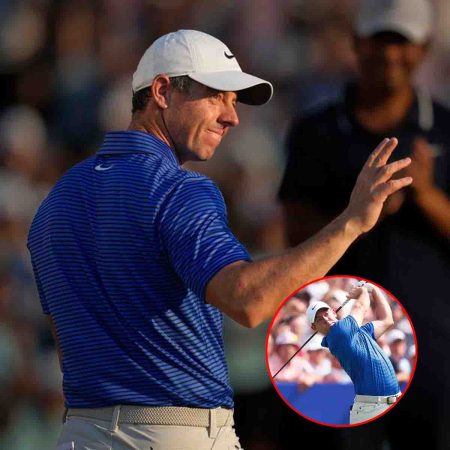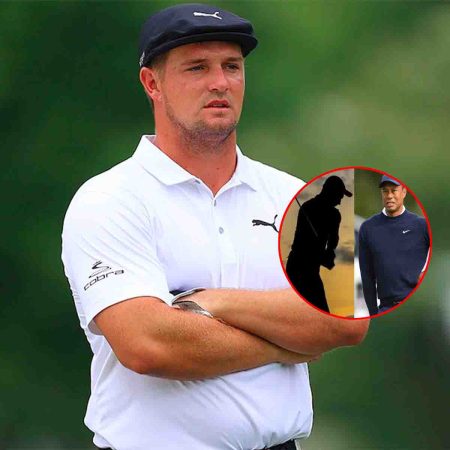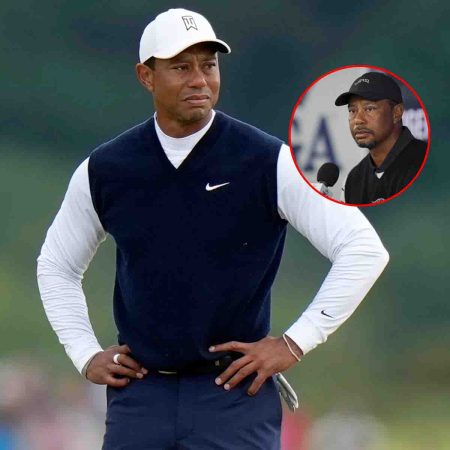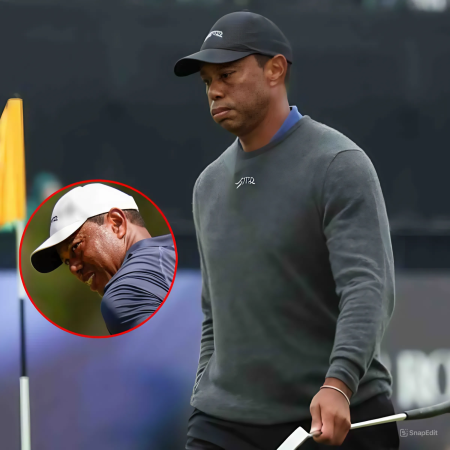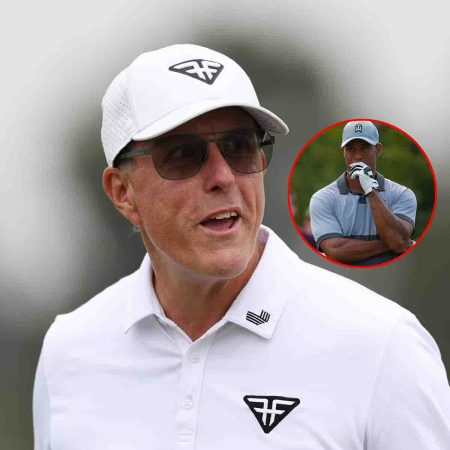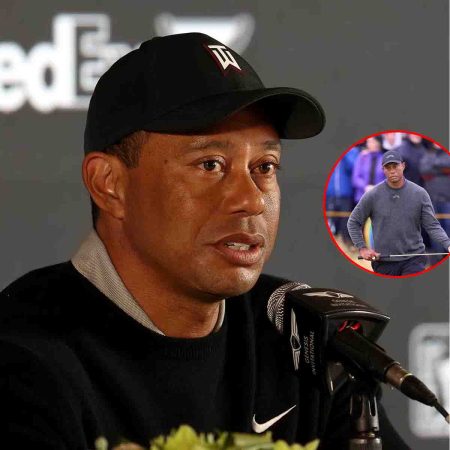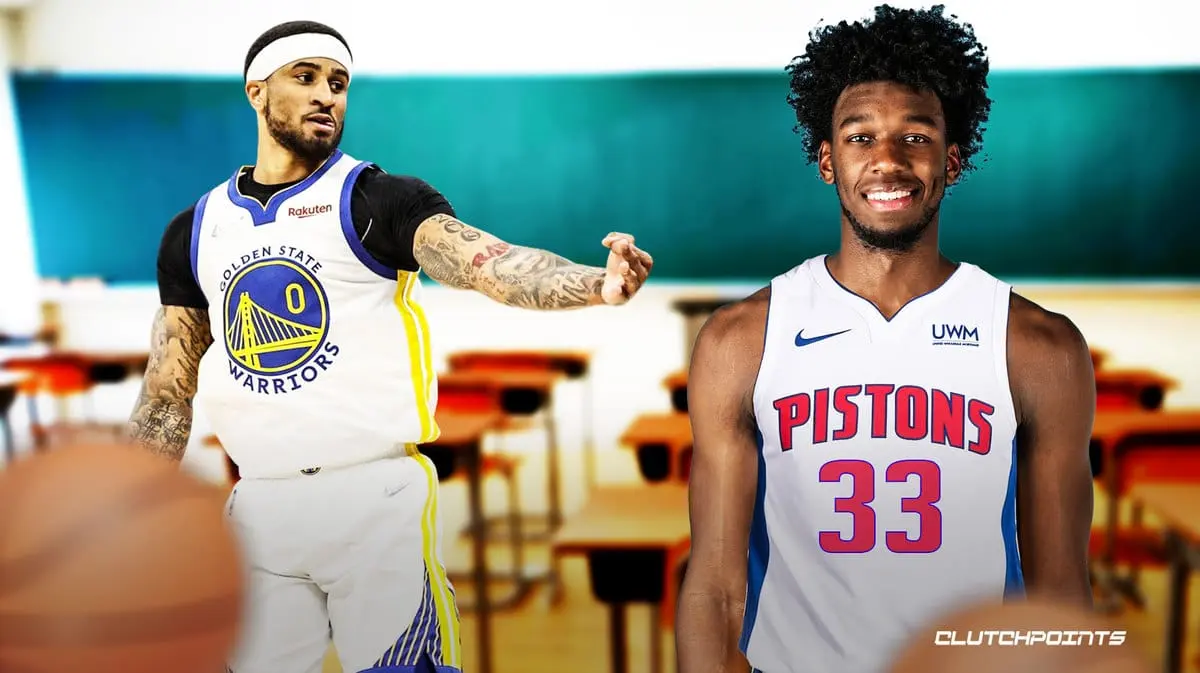
In essence, the Golden State Warriors traded a player selected with the No. 2 overall pick less than three years ago for an experienced role player who is committed to a multi-year contract and relies on athleticism but has already missed a significant portion of the season due to injury. But don’t confuse the reigning champions’ decision to trade for Gary Payton II rather than James Wiseman as a failed trade at the trade deadline.
While they failed to make the massive splash so many other contenders did during a frantic Western Conference arms race, the Warriors are still better off now than they were waking up on Thursday morning, rocked by news of Kevin Durant heading to the desert. Let’s dole out grades for Golden State bringing back Payton while finally moving on from Wiseman.
Grading the Warriors’ James Wiseman-Gary Payton II trade
First thing’s first: Golden State was never going to add a true game-changer at the deadline.
Lacking tradable eight-figure salaries beyond Steph Curry, Draymond Green and Klay Thompson after Jordan Poole and Andrew Wiggins put pen to paper on contract extensions in October, the Warriors were always more likely to sit out trade season entirely than acquire one of the biggest names on the market. Failed discussions with the Toronto Raptors in the hours leading up to noon local time are instructive in that regard.
They just didn’t have the assets and flexibility needed to trade for OG Anunoby, let alone Durant or a less blinding star.
Don’t let Wiseman’s pre-draft reputation blur what he’s become since Golden State plucked him between Anthony Edwards and LaMelo Ball in 2020, either. A first-round pick, even a protected one, was never going to be available for a third-year seven-footer who’s been a net negative on both sides of the ball throughout his injury-marred career.
Wiseman projects much more like a scheme-limited backup at this stage of his development than an impact starter. Dreams of him becoming a star are long gone, and there aren’t many run-jump centers without the understanding needed to cover up teammates’ mistakes at the rim defensively who have lasting roles in the modern NBA.
Maybe that crucial back-line nuance eventually comes for Wiseman with more reps. He’s a long way from proving a legitimate three-point threat, but just his natural touch from the perimeter gives Wiseman an offensive ceiling most centers cut from a similar cloth of impressive tools but lacking feel don’t have.
Even if he makes good on that fading promise, it wouldn’t change what’s become so glaringly obvious to anyone watching the Warriors over the last three seasons: Wiseman is simply a bad fit on a team built around not just Steph Curry, but also Draymond Green.
Turning a deep reserve into five second-round picks is a major win for Golden State, and so is immediately turning that draft capital into a quality bench player Bob Myers knows full well can help this team win right now.
The nagging pain that delayed Payton’s debut with the Portland Trail Blazers after core muscle surgery in September can’t be discounted here, and neither should the possibility that his contract becomes dead weight going forward. Payton is already 30, with a $9.1 million player option for 2024-25. He’s a smart, quick processor on both sides of the ball, but that mental acuity won’t loom nearly as large as his quick-twitch explosiveness declines—and Payton’s age and injury history suggest it’s only a matter of time.
There’s at least some level of concern wear and tear has already taken its toll on Payton. His dunk, block and rebound rates are all down big compared to last season. Payton played a different role with the Blazers than the one he’ll resume in Golden State, though, and all players require a re-acclimation period before reaching their peak upon recovering from injury—especially suiting up for a new team.
Payton, health provided, fixes much of what’s ailed the Warriors over the first few months of 2022-23.
His presence gives Steve Kerr another reliable bench player alongside Jordan Poole, Donte DiVincenzo and Jonathan Kuminga, rounding out a nine-man rotation that JaMychal Green—playing his best ball of the season over the past few games—will make 10 against certain opponents. An extremely disruptive help defender at his best, Payton also affords the Dubs another versatile on-ball “stopper” next to next to Andrew Wiggins, DiVincenzo and Kuminga, fortifying a wildly inconsistent defense.
Don’t get too excited about Payton’s 52.9% three-point shooting. It’s come on an extremely low sample size of 17 attempts, just over one per game, but at least indicates he hasn’t lost the long-range touch that was so key to his breakout campaign a year ago. Payton’s sky-high turnover rate should also come down considerably back in comfortable confines of the Warriors’ offense.
Golden State could’ve gone a different route after agreeing to terms on Wiseman, keeping Saddiq Bey instead of re-routing him to the Atlanta Hawks. He’s a much more dynamic scorer than Payton, and with real forward-type size would’ve lessened the Dubs’ glut of players standing around 6’3. Bey got key experience playing in a motion-heavy, read-and-react offensive system during his college days at Villanova, too.
But Payton functioned more like a power forward than a point guard last season despite his height, and there are enough questions about Bey’s two-way viability at the highest levels of basketball that it wasn’t guaranteed he’d beat out Anthony Lamb in the Warriors’ rotational pecking order. That unknown just doesn’t apply to Payton. Trading Wiseman, necessary as it was, can’t have been an easy pill for Joe Lacob and the front office to swallow. Just imagine how much worse it would look if the player Golden State got back for him couldn’t get off the bench in the biggest games of the season.
Just like moving off Wiseman’s contract, there were salary complications regarding Bey as well. Did the Warriors really want the obligation of paying up for him in restricted free agency come summer 2024 with a new contract for Kuminga—and potentially Moses Moody—looming?
Wave goodbye to the two-timeline experiment. Exchanging Wiseman for Payton signals the Warriors are firmly in win-now mode, fully committed to maximizing the remainder of Curry’s prime. That shift by itself is cause for celebration given the constant drag of accommodating what management only hoped could be Golden State’s next great team post-Curry.
Payton’s return means the Warriors are back to ensuring this one—and Dubs teams to come over the next two years—has a real chance to win another title, all anyone could’ve asked given Golden State’s relatively bare stable of assets at the trade deadline.
Source: https://clutchpoints.com



